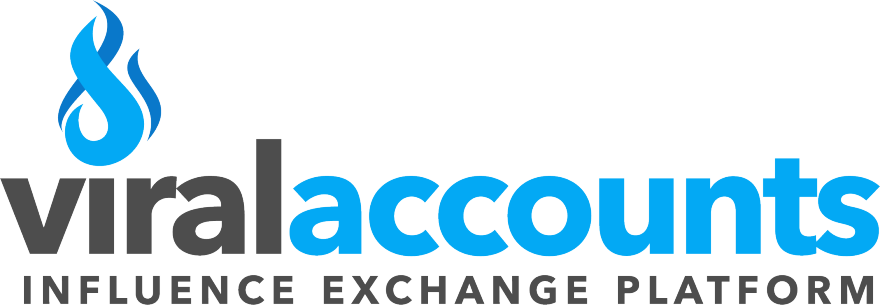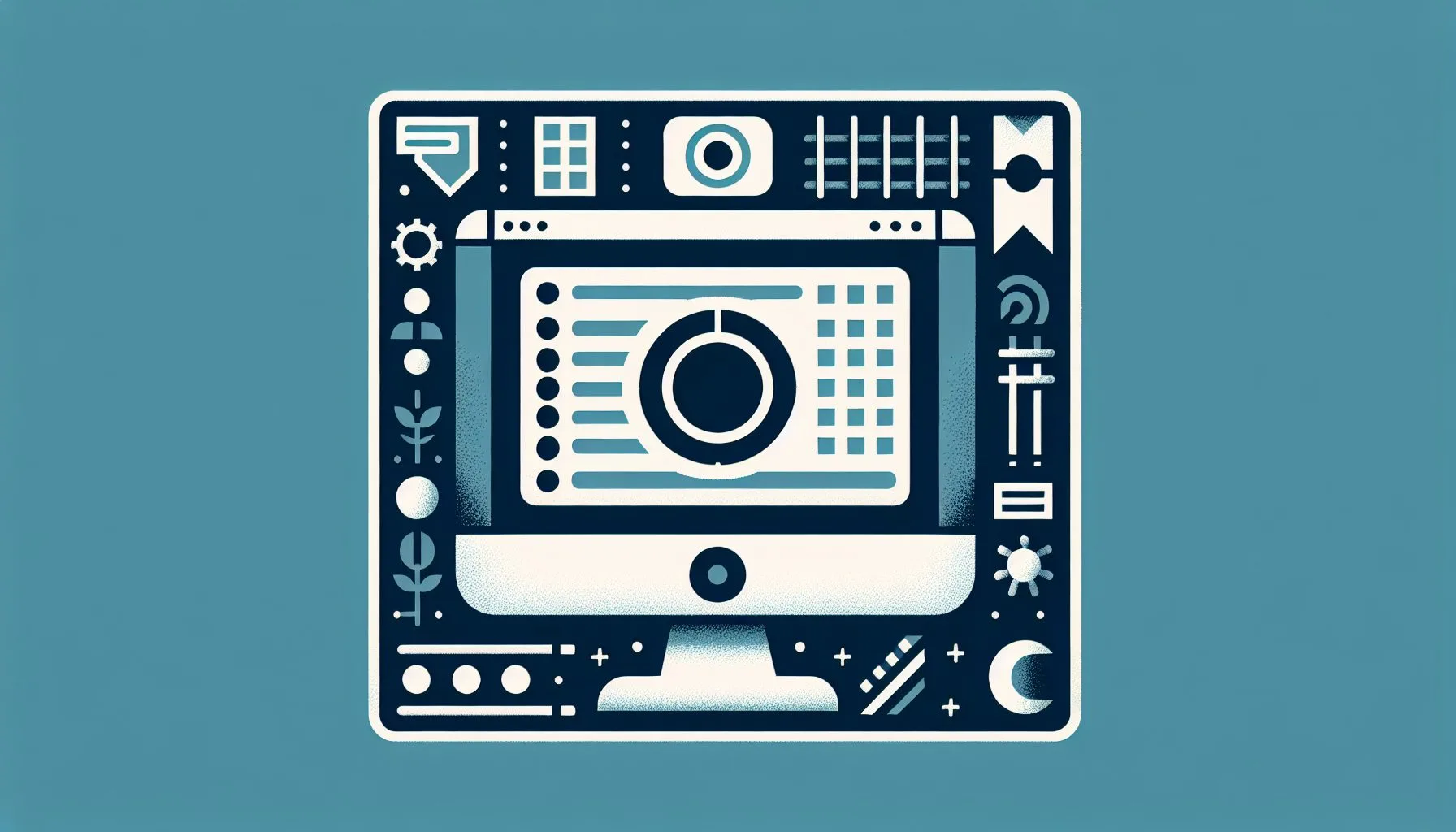Interesting Facts
Blocking on Twitter is a vital tool for protecting your digital space from unwanted interactions, spam, or negativity. Knowing how to check your blocked accounts can empower you to manage your Twitter environment mindfully and stay in control of your online boundaries. For those wanting more on establishing control over social interactions, a good place to start is the professional brokerage and social marketing brand awareness services that can guide you.
The Purpose Behind Blocking
Blocking sets boundaries, helping you maintain peace of mind by preventing certain accounts from interacting with you. Whether it’s offensive messages or spam, blocking on Twitter acts like closing a door to protect your mental well-being. While Twitter does not provide a feature to see who has blocked you, you can always access and manage the list of accounts you have chosen to block yourself. To get deeper insights about Twitter blocking features and tips, the official advanced blocking options on X offer detailed guidance.
How to See Your Blocked Twitter Accounts
Whether using the Twitter mobile app or desktop site, checking your blocked accounts is straightforward.
On the Twitter Mobile App
Tap your profile icon or the navigation menu icon in the top left corner, then go to Settings and privacy. Select Privacy and safety, then Mute and block, and finally tap Blocked accounts. Here, you will see all accounts you have blocked.
On the Twitter Desktop Website
Click the More menu in the left sidebar and select Settings and privacy. Follow the path Privacy and safety > Mute and block > Blocked accounts, where you can review and manage your blocked users easily.
Once there, you can scroll through the list, visit profiles to review them, and unblock accounts by clicking on the “Blocked” button next to their names.
This process is crucial for maintaining control over your digital space, helping you cultivate a healthy and pleasant Twitter experience. For support related to buying or selling social media accounts safely, Viralaccounts.com’s escrow service ensures secure transactions.
Manage Your Twitter Experience Better Today
What Happens When You Block Someone?
Blocking means the blocked user cannot follow you, see your Tweets when logged in, or send you replies or direct messages. It creates a private barrier until you unblock them. However, previous mentions by blocked users remain visible; blocking only prevents future interactions. Twitter keeps blocking private, not notifying users when blocked.
Consider blocking like putting up a fence that keeps unwanted visitors away from your online yard, giving you control over your interactions and peace of mind.
Can You See Who Has Blocked You?
Twitter does not offer a tool to see who has blocked you. The only way to guess if someone blocked you is by manually checking their profile; if it appears hidden or inaccessible, you may have been blocked. This ensures privacy and dignity for everyone involved. For instructions on how to view tweets of a user who blocked you, you might find this wikiHow guide helpful.
Why Knowing Your Blocked List Matters
Regularly reviewing your blocklist can be a mindful practice. Sometimes you may find blocks that were impulsive or no longer necessary. Checking your blocked accounts helps you reflect on your online experience, maintain relevance, avoid accidental blocks, and identify harmful behavior patterns.
This reflection helps you manage your social circle with kindness and awareness, improving both your mental health and Twitter environment. For community discussions about managing blocks, see this Reddit thread sharing personal experiences.
Managing Your Blocked Accounts List: Tips and Considerations
When reviewing your blocked accounts, keep these tips in mind:
- Take Your Time: Go through your list slowly and reconsider each block objectively.
- Check User Profiles: Users change over time; review their current content before deciding.
- Watch Out for Shadow Accounts: Be alert for new accounts created to bypass blocks and report suspicious activity.
- Balance Privacy with Openness: Use muting to reduce noise when blocking feels too harsh.
- Consider Your Emotional State: Manage blocking according to how you feel; breaks are okay.
- No Guilt: Your well-being matters, so block as needed without feeling bad.
Think of your blocklist as a garden: sometimes you weed out unwanted plants, but new growth can emerge. Revisiting your list helps cultivate a friendlier Twitter space.
Common Issues When Checking Blocked Accounts
Users sometimes face issues like:
- Blocked List Not Updating: Changes may take a few minutes to appear due to syncing.
- Long Blocklist: Use desktop search functions (Ctrl+F or Cmd+F) to find users in lengthy lists.
- Exporting Block List: Twitter doesn’t support exporting blocked lists natively.
- Blocked Users in Replies: Tweets by blocked users before blocking still appear in replies.
Patience helps as Twitter updates and synchronizes these features.
A Brief Word About Muting vs. Blocking
Muting lets you silently ignore tweets from certain users or keywords without blocking them. Muted users can still see and interact with you, but their posts won’t show on your feed. Blocking is a complete cutoff.
For example, mute a colleague who posts annoying but harmless jokes to keep peace without confrontation. Block those who are abusive or toxic for stronger protection.
Reflections on Digital Boundaries
In today’s interconnected world, setting boundaries online is essential for mental health. Blocking is a form of digital self-care, allowing you to curate your Twitter feed like a garden by removing disruptive elements.
Revisiting your blocklist with compassion encourages balance and positive energy in your online space, not isolation or hostility.
Additional Tips for Staying in Control on Twitter
- Regularly update privacy settings to refine who can interact with you.
- Use Twitter’s reporting tools for abusive content, complementing blocking.
- Take periodic breaks from social media to protect your mental health.
- Consider digital well-being apps and reminders to manage your time online.
- Engage in uplifting Twitter communities to reduce toxic interactions.
- Customize notifications to filter out stress-inducing alerts.
In Closing: The Empowerment of Knowing Your Blocked List
Checking your blocked accounts isn’t just technical; it’s about maintaining control and peace in your Twitter space. With simple navigation, you can swiftly access and adjust your blocklist anytime. Although you can’t see who has blocked you, this privacy helps protect feelings on both sides.
Use blocking thoughtfully to create a safe, inspiring, and personal Twitter environment. By managing your blocklist, you ensure your voice shines without fear or disruption, fostering a healthier social media experience. For professional help with managing and growing social media presence, consider exploring online talent management services.
Can I see who has blocked me on Twitter?
No, Twitter does not provide a feature to see who has blocked you. You can only see accounts you have blocked yourself.
How do I check my blocked accounts on Twitter?
On mobile, go to Settings & Privacy > Privacy and safety > Mute and block > Blocked accounts. On desktop, go to More > Settings and privacy > Privacy and safety > Mute and block > Blocked accounts.
Can I unblock users in my blocklist?
Yes, you can unblock users by navigating to your blocked accounts list and clicking the “Blocked” button next to their profile to remove the block.

